This past weekend, Steve Wilkes and I traveled to Salt Lake City to take part in the fifth annual Beehive Brewoff homebrew competition. It took place at the Bayou restaurant, where every table was occupied with judges poring over samples of 599 beers submitted by 254 brewers. It’s serious work, as the judges did their best to pick the best of each category and fill out score sheets giving valuable feedback to the entrants. A scene like this could be taken for granted across the country, but in Utah it was nonexistent just five years ago. At that time, homebrewing was illegal.
Among the judges gathered at the competition is the man responsible for initiating the Utah homebrew legalization movement. In 2008, Douglas Wawrzynski was a law student and a home brewer. Douglas wasn’t comfortable with the thought of being certified to uphold the law at the same time he broke it by brewing beer. It was either quit homebrewing or change the law forbidding it. He chose the latter.
Working with Christine Johnson, his Utah state representative, Douglas championed a bill legalizing his favorite hobby. It took two sessions of the legislature, the support of other Utah homebrewers, and the help of the American Homebrewers Association, but in 2009 homebrewing was legalized across the state. The first Beehive Brewoff soon followed.

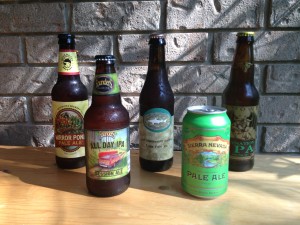

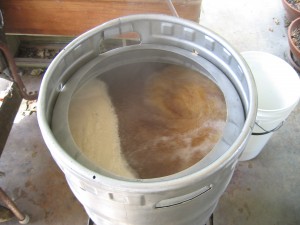
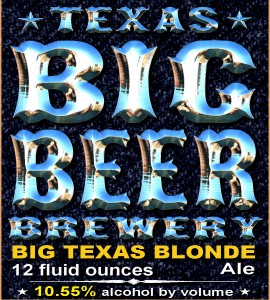
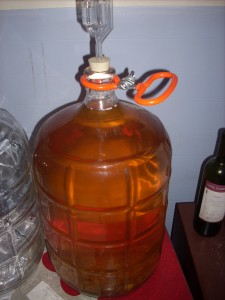
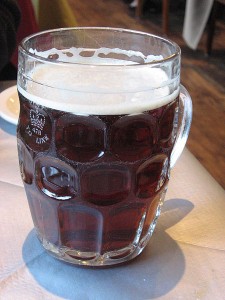
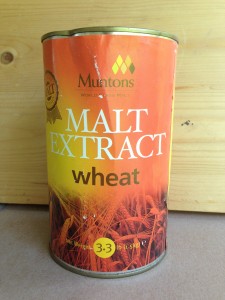

Recent Comments